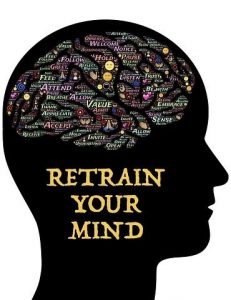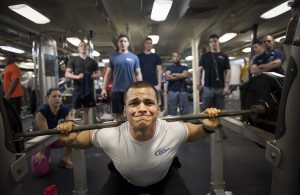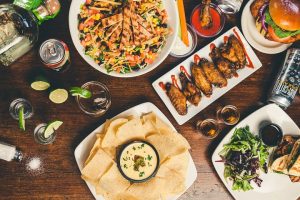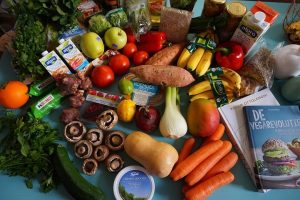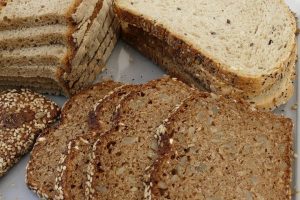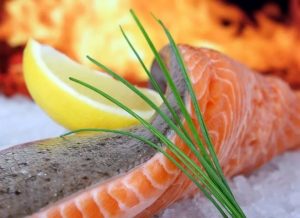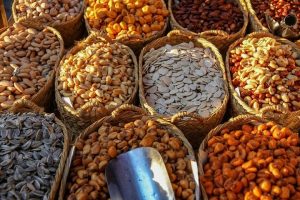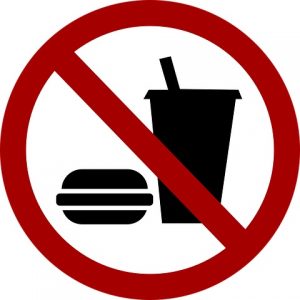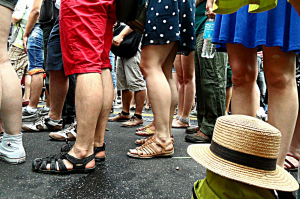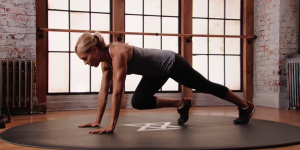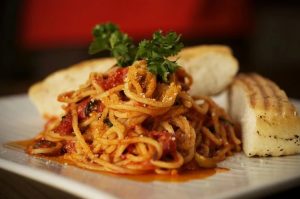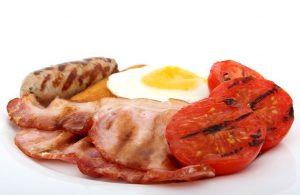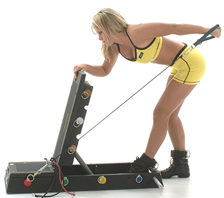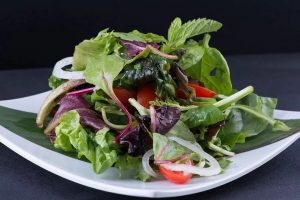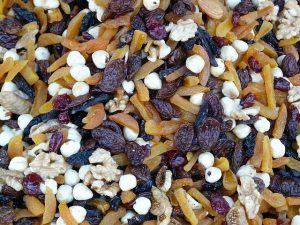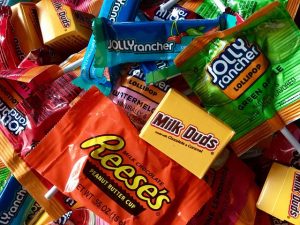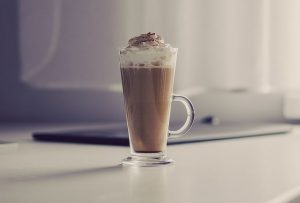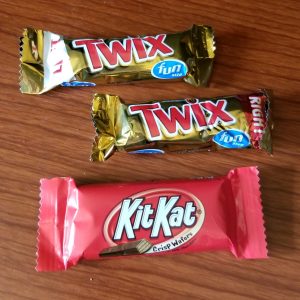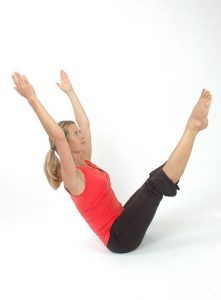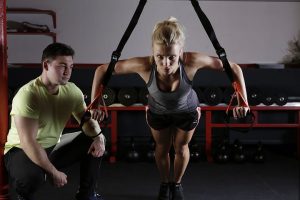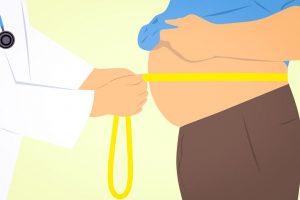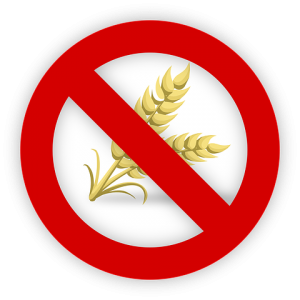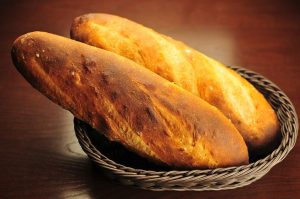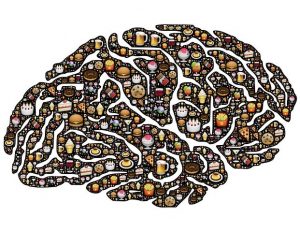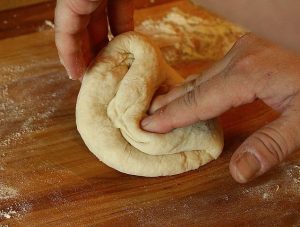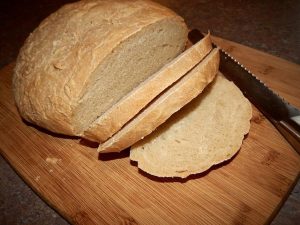If you’ve always had a tough time sticking with a fitness workout program, it’s probably your mind that’s standing in your way. Many people make a New Year’s resolution, join a gym or start running outdoors at the first sign of spring with every intention to lose weight and get fit. They start out strong but, as time drags on, their resolve wanes and within a few months many quit altogether. According to PT Direct, just under half of the people who join a gym as part of a New Year’s resolution quit within the first six months only to start the cycle over again the following year, or whenever they get a wild hair to “do something” about their physical condition. Only this time, they weigh more and are in worse shape.
You may not immediately see the connection to your mind but consider that even if you stumble across the best workouts to lose weight, knowing what to do isn’t enough to get you into shape. You have to actually do the workout consistently. However, once your workout motivation has lost steam, even a team of wild horses couldn’t drag you into the gym and make you work out. That’s where mentally preparing comes in, whether it’s for weight loss workouts, bodybuilding workouts or any fitness workout program. Knowing what you’re going to do and why accounts for 90 percent of the workout. Physically doing the workout is actually the easiest part.
Start With Why

Write down ALL the benefits you’ll get from your workout. List your personal goals, but also include all of the extra rewards you’ll reap.
Having a plan for your workout is vital, but even before you hit the gym or the greenbelt or turn on the kickboxing DVD, you need to be aware of why you’re doing it all. If you have no reason, there’s no motivation, right? Review the positive things you’ll get from working out. Don’t just focus on your specific goal, such as gaining muscle or a desire to lose weight. Of course those benefits are important, but take a look at the big picture and all of the bonus bennies such as improved fitness, lower blood pressure and blood sugar, increased energy, and better heart health. It’s like getting several gifts with purchase: you start a workout and weight loss program for one reason and reap a boatload of extra rewards. Write it all down and tape it to your mirror, paint it on the wall, or embroider it on a pillow. That way, you can refer to it before each workout or, at the very least, whenever your resolve starts to dissolve.
Now Comes the How
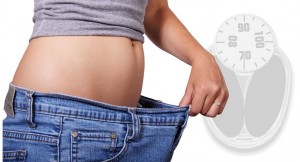
By applying the technique in the Harvard study to your workouts, imagine the results you’ll get!
This part is probably more involved than you’d like it to be, at first, anyway. After you’ve disciplined yourself to stick with your fitness workout program long-term, you won’t have to rely on it as often. Once you know the big “why” of your fitness program, then you set your goals and plan your workouts. Don’t roll your eyes, especially if you’re one of the on-again-off-again worker-outers. Setting goals is useful, but writing them down borders on magical. Need the proof? An article in Forbes outlines a study in which Harvard MBA students were asked about their goals and if they had them written down. The majority, 84 percent, had no goals; 13 percent had specific goals in mind but hadn’t written them down; 3 percent had their goals in mind and on paper. Fast forward 10 years, and the results are mind-blowing:
- The small percentage of the class who had goals but hadn’t written them down was earning double the income of the majority who had no goals at all.
- The tiny 3 percent who took the time to write out their goals was averaging 10 times the earnings of the entire rest of the class — and that includes the 13 percent who had goals and were doing fairly well themselves.
So! If writing down your long term and short term weight loss goals is the key to success — and in spades! — then it’s well worth it to spend the timing doing it.
Start with the long-term goal, where you want to be in a year, then set smaller goals for 6 months, 3 months, 1 month, next week. Next, write out your workout routine. Set it down on notebook paper or create a chart on the computer. Just get it down in print, so you have a plan to stick to. Each day, only consider what you’re going to do that day, whether it’s running a mile, working your upper body in the weight room, or attending a TargitFit class. Tackling your workouts and your goals one at a time keeps them manageable.
Focus, Focus, Focus

You don’t have to reach a full meditative state, but clearing your mind and focusing on your workout will improve your results.
Focus is vital for your workout and having a written plan for each workout helps. However, the importance of maintaining that focus and tuning out distractions while working out can’t be overstated. If your mind isn’t on the workout, your heart won’t be in the workout. Author and fitness expert Drew Baye recommends having a pre-workout ritual for quieting your mind, visualizing the exercises and activating your workout mindset. For just a few minutes, sit quietly (preferably alone and in a place with no distractions) and close your eyes. Breathe deeply, concentrating on nothing more than the breath entering and leaving your body. After about 10 breaths, start reviewing in your mind the exercises you’re going to perform, how much weight you’ll use and how many sets and reps you’ll do. Mentally move from one exercise to the next until you’ve gone through the entire routine. Baye’s technique for activating his workout mindset is to repeat three motivating phrases. You can pick one or two, and they don’t have to be the same as Drew’s.
“You know what you can do, do what you can’t.”
“Give it everything you got.”
“Train serious, train hard.”
Whether you use a well-known motto or one you made up on your own, if it means something to you, it will effectively get you through the workout. Plus, sometimes, it will push you past what you thought were your barriers.
You really are capable of increasing muscle mass or losing however many pounds you want to. In the end, though, no one else can do it for you. So, take control over your mind and get it working for you instead of against you.

